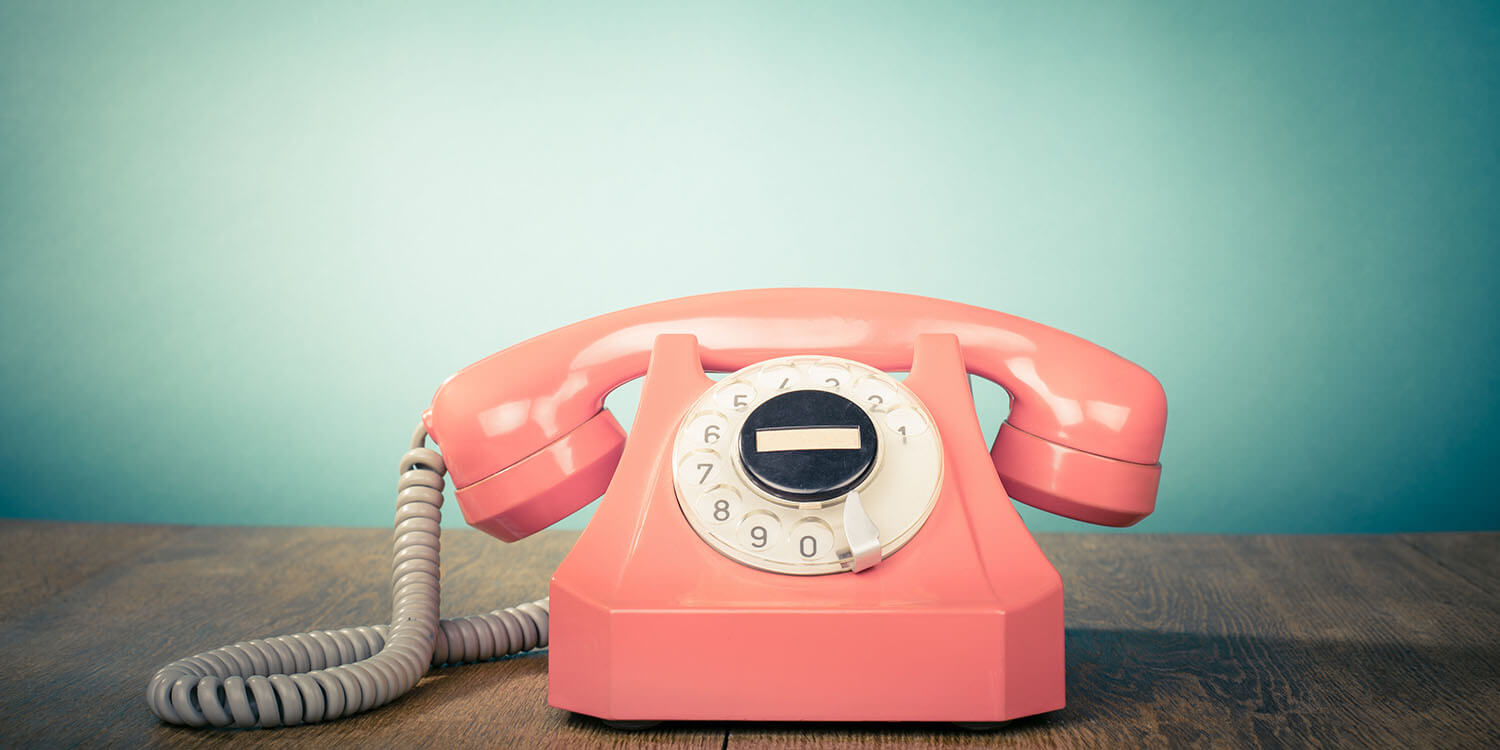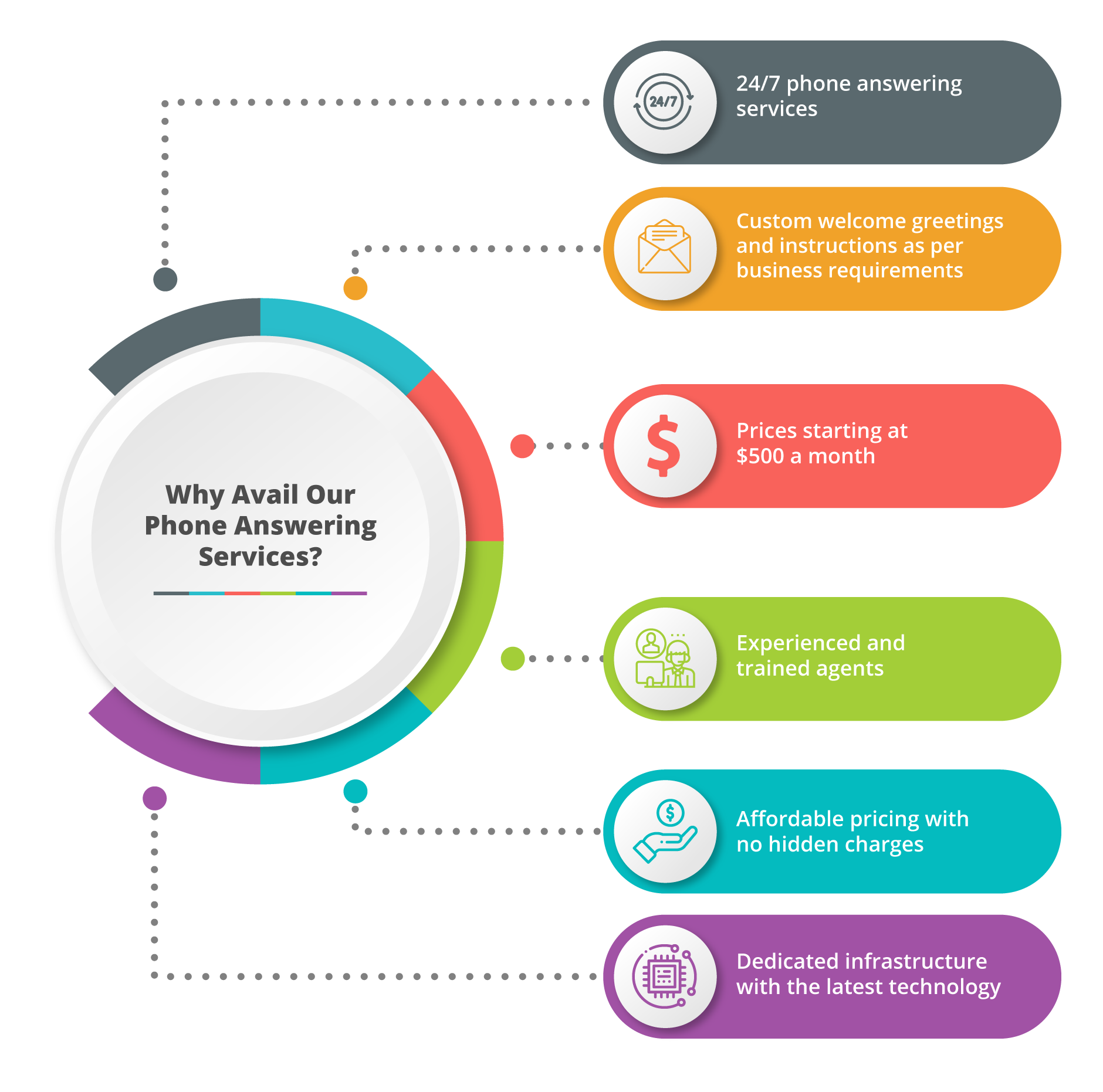All Categories
Featured
Table of Contents
- – What Is The Best Telephone Answering Service - ...
- – What Is The Best A Guide To Using Automated An...
- – What Is The Best Construction & Trades Phone A...
- – Who Is The Best Discover How To Set Up A Call...
- – How Much Should I Pay For 17 Reasons Why You ...
- – Which Is The Best What Is An Answering Servi...
What Is The Best Telephone Answering Service - Dexcomm - U.s. Based Business?
This device and its followers were created by Sava Jacobson, an electrical engineer with a private consulting organization. While early answering makers utilized magnetic tape innovation, a lot of modern devices utilizes strong state memory storage; some gadgets use a combination of both, with a solid-state circuit for the outgoing message and a cassette for the inbound messages.
"toll saving" below) (phone answering service). This is helpful if the owner is evaluating calls and does not want to talk to all callers. In any case after going, the calling party ought to be notified about the call having actually been responded to (in many cases this starts the charging), either by some remark of the operator, or by some welcoming message of the little bit, or addressed to non-human callers (e.
This holds particularly for the Littles with digitally saved welcoming messages or for earlier machines (before the increase of microcassettes) with a special unlimited loop tape, separate from a second cassette, committed to recording. There have actually been answer-only devices with no recording abilities, where the greeting message had to notify callers of a state of current unattainability, or e (answer phone service).
What Is The Best A Guide To Using Automated Answering Systems To Buy

about schedule hours. In recording Little bits the welcoming typically contains an invite to leave a message "after the beep". A voice mail that uses a microcassette to record messages On a dual-cassette answerphone, there is an outgoing cassette, which after the defined number of rings plays a pre-recorded message to the caller.

Single-cassette answering devices consist of the outbound message at the beginning of the tape and incoming messages on the remaining area. They initially play the announcement, then fast-forward to the next readily available space for recording, then record the caller's message. If there are lots of previous messages, fast-forwarding through them can cause a considerable delay.
This beep is frequently described in the welcoming message, asking for that the caller leave a message "after the beep". Little bits with digital storage for the taped messages do disappoint this hold-up, naturally. A little bit might use a push-button control facility, whereby the answerphone owner can sound the house number and, by entering a code on the remote telephone's keypad, can listen to recorded messages, or delete them, even when away from home.
What Is The Best Construction & Trades Phone Answering Service Service In My Area?

Thus the machine increases the variety of rings after which it answers the call (typically by two, leading to four rings), if no unread messages are presently kept, but answers after the set number of rings (generally two) if there are unread messages. This permits the owner to learn whether there are messages waiting; if there are none, the owner can hang up the phone on the, e.
Some makers likewise allow themselves to be remotely triggered, if they have actually been turned off, by calling and letting the phone ring a certain a great deal of times (usually 10-15). Some company abandon calls currently after a smaller sized variety of rings, making remote activation difficult. In the early days of TADs an unique transmitter for DTMF tones (dual-tone multi-frequency signalling) was regionally required for push-button control, since the previously used pulse dialling is not apt to convey appropriate signalling along an active connection, and the dual-tone multi-frequency signalling was executed step-by-step.
Any inbound call is not identifiable with regard to these homes in advance of going "off hook" by the terminal equipment. So after going off hook the calls need to be switched to proper devices and just the voice-type is right away accessible to a human, but maybe, however should be routed to a TAD (e.
Who Is The Best Discover How To Set Up A Call Answering Service With A 7- ...
What if I told you that you do not need to actually get your gadget when responding to a consumer call? Somebody else will. So convenient, right? Answering call does not require somebody to be on the other end of the line. Effective automated phone systems can do the technique just as effectively as a live agent and sometimes even better.
An automatic answering service or interactive voice action system is a phone system that interacts with callers without a live individual on the line - answering service. When companies utilize this technology, consumers can get the response to a concern about your organization just by utilizing interactions set up on a pre-programmed call flow.
Although live operators upgrade the client service experience, numerous calls do not need human interaction. An easy recorded message or directions on how a customer can recover a piece of info generally fixes a caller's instant need - phone answering service. Automated answering services are a basic and effective method to direct inbound calls to the best person.
How Much Should I Pay For 17 Reasons Why You Need A Telephone Answering Service?
Notification that when you call a business, either for support or item questions, the first thing you will hear is a pre-recorded voice welcoming and a series of choices like press 1 for client service, press 2 for queries, and so on. The pre-recorded alternatives branch off to other options depending upon the client's choice.
The phone tree system assists direct callers to the right individual or department using the keypad on a mobile phone. In some circumstances, callers can use their voices. It deserves keeping in mind that auto-attendant choices aren't limited to the ten numbers on a phone's keypad. When the caller has selected their first option, you can create a multi-level auto-attendant that uses sub-menus to direct the caller to the best sort of support.
The caller does not have to interact with a person if the auto-attendant phone system can handle their issue. The automated service can path callers to an employee if they reach a "dead end" and require support from a live representative. It is pricey to work with an operator or executive assistant.
Which Is The Best What Is An Answering Service Provider
Automated answering services, on the other hand, are substantially less pricey and offer significant cost savings at approximately $200-$420/month. Even if you don't have devoted personnel to manage call routing and management, an automatic answering service improves productivity by permitting your team to concentrate on their strengths so they can more efficiently invest their time on the phone.
A sales lead routed to client service is a lost shot. If a consumer who has item concerns reaches the wrong department or receives incomplete answers from well-meaning employees who are less trained to handle a specific type of concern, it can be a cause of aggravation and discontentment. An automatic answering system can reduce the number of misrouted calls, thereby helping your workers make much better usage of their phone time while maximizing time in their calendar for other jobs.
With Automated Answering Systems, you can create a personalized experience for both your staff and your callers. Make a recording of your primary welcoming, and simply upgrade it regularly to reflect what is going on in your company. You can produce as lots of departments or menu alternatives as you want.
Table of Contents
- – What Is The Best Telephone Answering Service - ...
- – What Is The Best A Guide To Using Automated An...
- – What Is The Best Construction & Trades Phone A...
- – Who Is The Best Discover How To Set Up A Call...
- – How Much Should I Pay For 17 Reasons Why You ...
- – Which Is The Best What Is An Answering Servi...
Latest Posts
Thorough Phone Answering Service
Guaranteed Virtual Reception Solutions Near Me ( Melbourne 3121)
Secure Affordable Answering Service ( ACT)
More
Latest Posts
Thorough Phone Answering Service
Guaranteed Virtual Reception Solutions Near Me ( Melbourne 3121)
Secure Affordable Answering Service ( ACT)